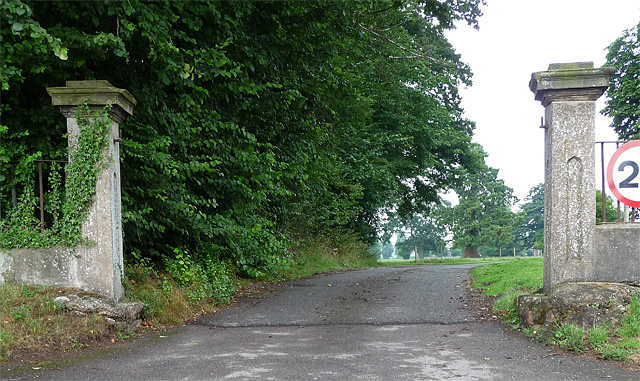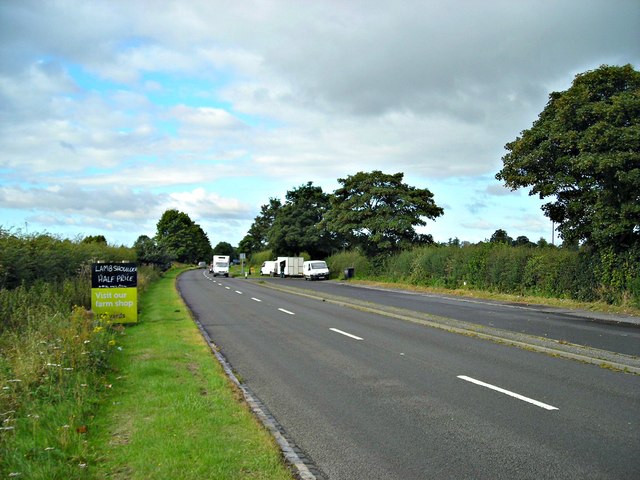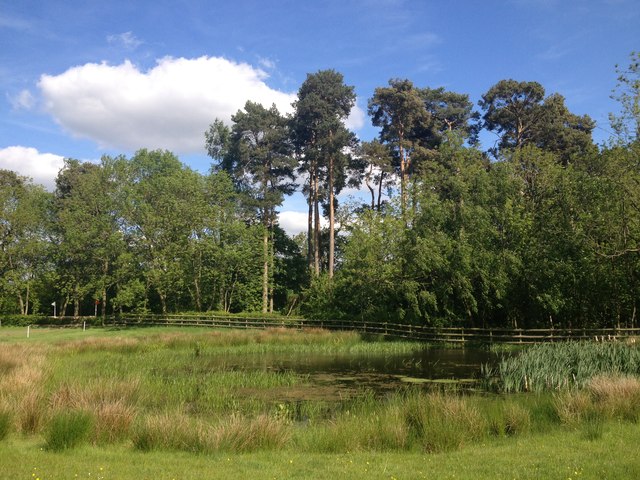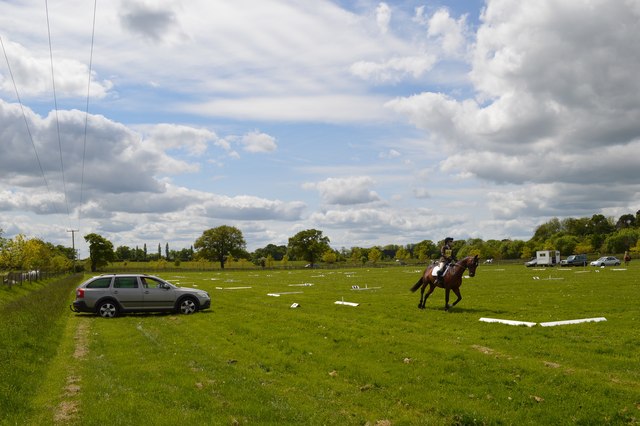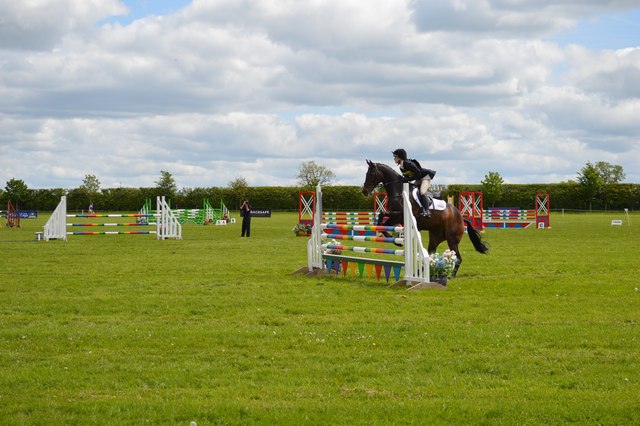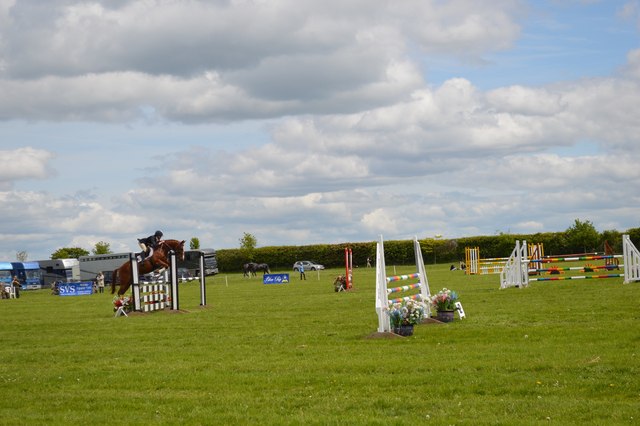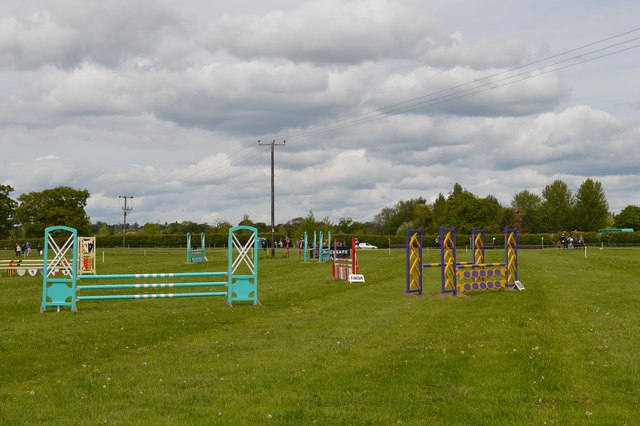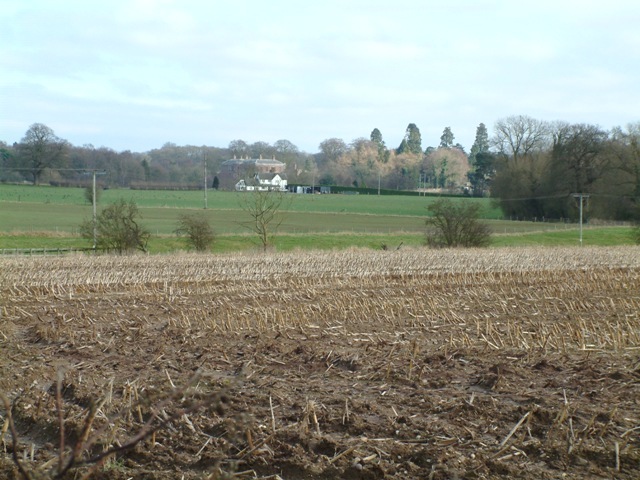Marlpit Wood
Wood, Forest in Staffordshire Newcastle-under-Lyme
England
Marlpit Wood
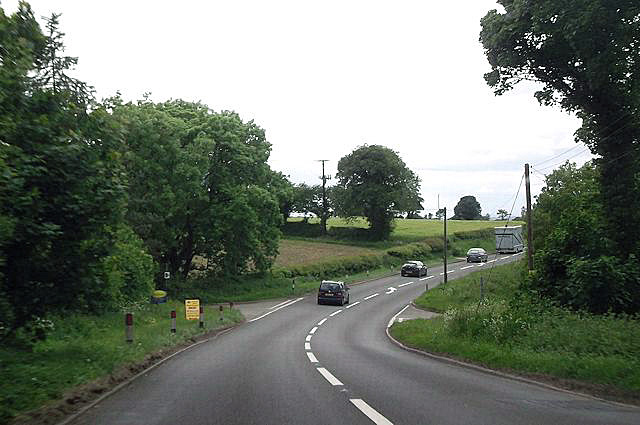
Marlpit Wood is a picturesque forest located in Staffordshire, England. Covering an area of approximately 100 acres, the wood is renowned for its natural beauty and diverse ecosystem. It is a popular destination for nature enthusiasts, hikers, and birdwatchers.
The wood is characterized by its dense canopy of ancient oak and beech trees, creating a serene and tranquil atmosphere. Walking through the wood, visitors are greeted by a carpet of bluebells in the spring, adding a burst of vibrant color to the landscape. The wood is also home to a variety of wildlife, including deer, foxes, badgers, and numerous species of birds.
Several well-marked trails wind their way through Marlpit Wood, offering visitors the opportunity to explore its enchanting surroundings. These trails vary in difficulty, catering to both casual strollers and avid hikers. Along the way, visitors can enjoy breathtaking views of the surrounding countryside and may even stumble upon hidden streams and ponds.
Marlpit Wood is a protected area, managed by local conservation organizations. Efforts are made to preserve its natural beauty and protect the delicate balance of its ecosystem. Visitors are encouraged to respect the wood's flora and fauna, keeping to designated paths and refraining from disturbing the wildlife.
Overall, Marlpit Wood is a true gem of Staffordshire, offering visitors a chance to escape the hustle and bustle of everyday life and immerse themselves in the tranquility of nature. Whether it's a leisurely stroll or an adventurous hike, this woodland paradise has something to offer for everyone.
If you have any feedback on the listing, please let us know in the comments section below.
Marlpit Wood Images
Images are sourced within 2km of 52.924116/-2.4491791 or Grid Reference SJ6936. Thanks to Geograph Open Source API. All images are credited.
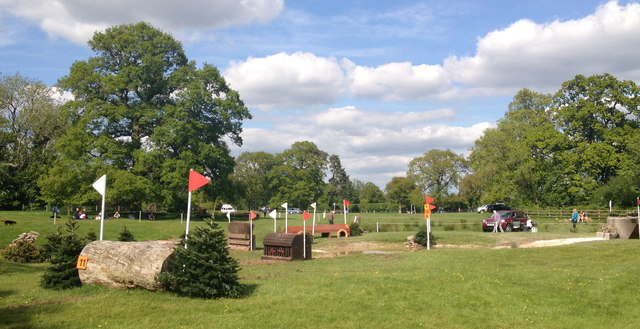
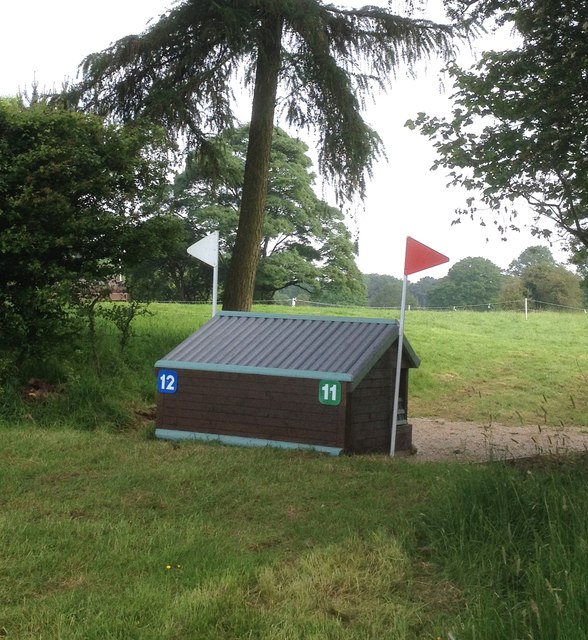
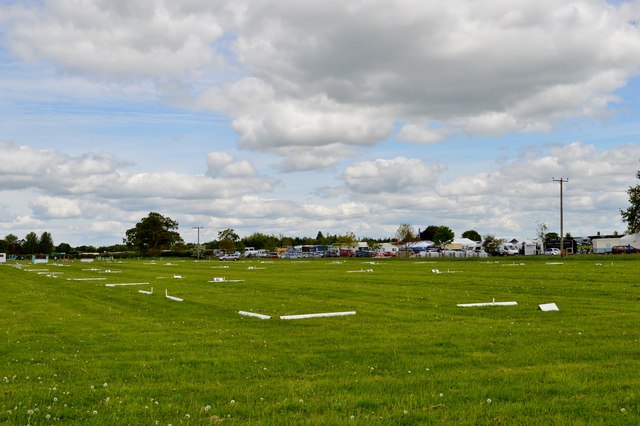
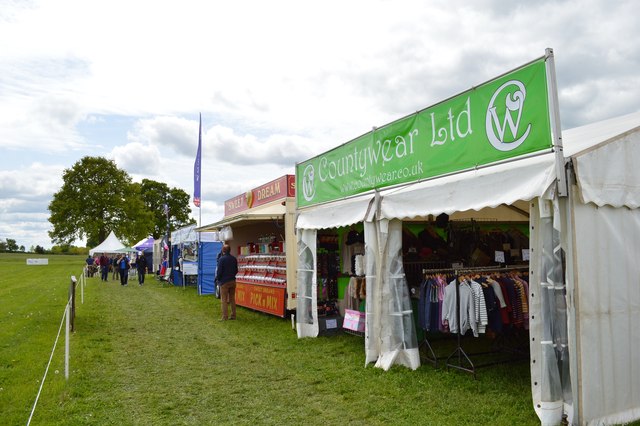
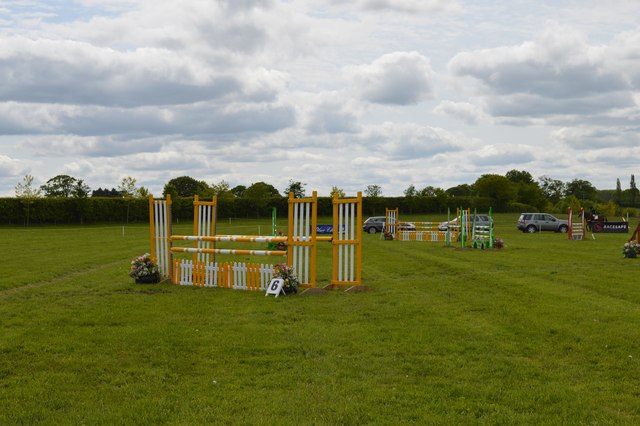
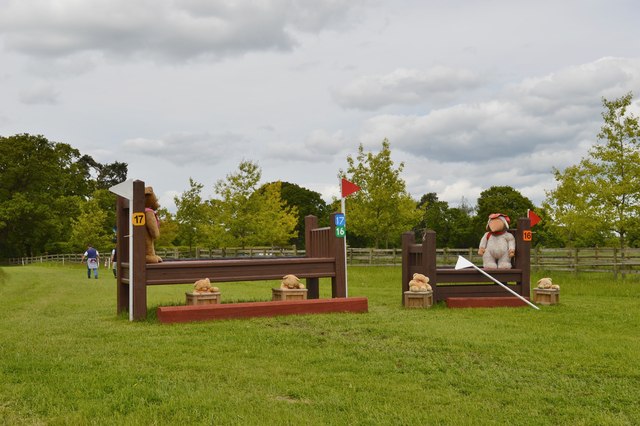

Marlpit Wood is located at Grid Ref: SJ6936 (Lat: 52.924116, Lng: -2.4491791)
Administrative County: Staffordshire
District: Newcastle-under-Lyme
Police Authority: Staffordshire
What 3 Words
///payback.corrects.widely. Near Market Drayton, Shropshire
Nearby Locations
Related Wikis
Oakley Hall, Staffordshire
Oakley Hall is an early 18th century 14,929 sf mansion house at Mucklestone, Staffordshire near to the Shropshire town of Market Drayton. It is a Grade...
Oakley, Staffordshire
Oakley is a hamlet in Staffordshire, England. It is within Mucklestone ward of Loggerheads Parish. Oakley Hall, a former seat of the Chetwode family, is...
Betton, Shropshire
Betton is a hamlet in the civil parish of Norton in Hales, in the Shropshire district, in the county of Shropshire, England.
Audley's Cross
Audley's Cross is a cross sited in Blore Heath, Staffordshire to mark the spot on which James Touchet, Lord Audley was killed at the battle of Blore Heath...
Battle of Blore Heath
The Battle of Blore Heath was a battle in the English Wars of the Roses that was fought on 23 September 1459, at Blore Heath, Staffordshire. Blore Heath...
Norton in Hales
Norton in Hales is a village and parish in Shropshire, England. It lies on the A53 between the town of Market Drayton and Woore, Shropshire's most northeasterly...
Birmingham and Liverpool Junction Canal
The Birmingham and Liverpool Junction Canal was a canal in England which ran from Nantwich, where it joined the Chester Canal, to Autherley, where it joined...
Ridgwardine
Ridgwardine is a small hamlet in Shropshire in the civil parish of Norton in Hales. It is made up of Ridgwardine Manor, Upper Farm, and Manor Farm. �...
Nearby Amenities
Located within 500m of 52.924116,-2.4491791Have you been to Marlpit Wood?
Leave your review of Marlpit Wood below (or comments, questions and feedback).
